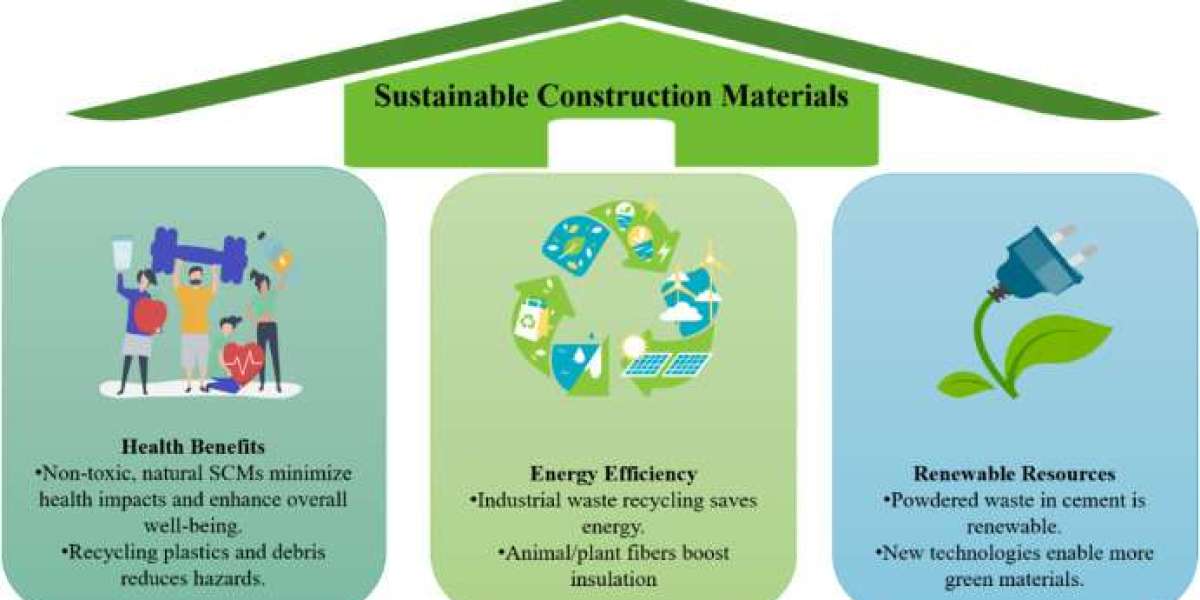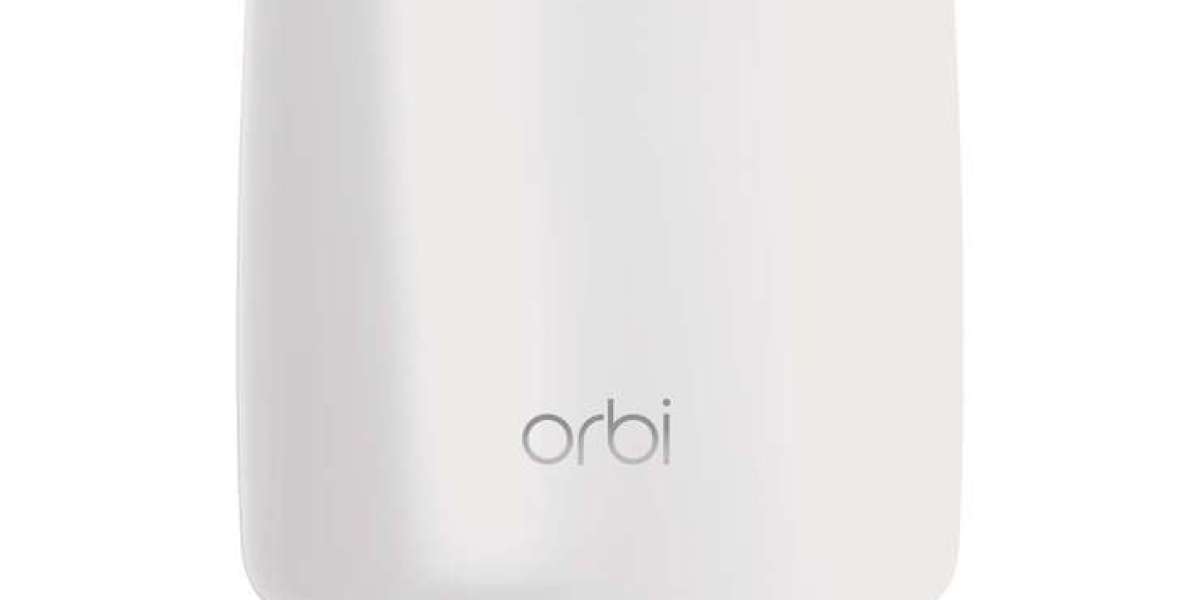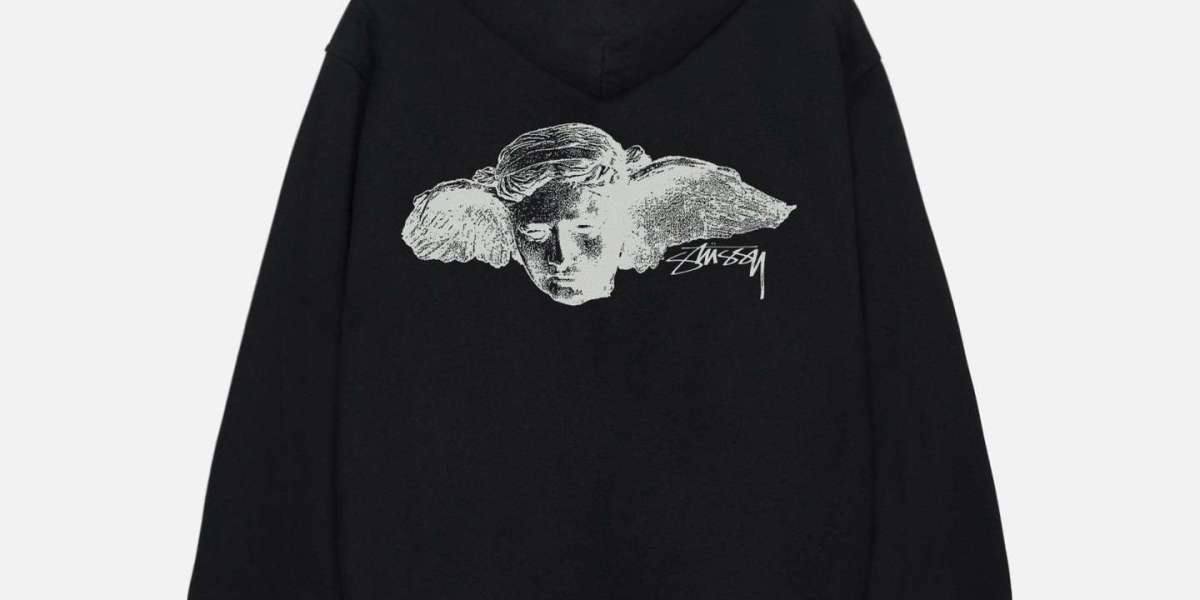Sustainable design is no longer just a trend—it's a necessity. As global awareness around climate change and environmental degradation increases, designers, architects, and engineers are shifting their focus toward creating eco-friendly, resource-efficient, and socially responsible solutions. This article explores what sustainable design means, its core principles, benefits, and how it's shaping industries across the world.
What is Sustainable Design?
Sustainable design, also known as eco-design or green design, is the practice of developing products, buildings, and environments that minimize negative environmental impacts. The goal is to create systems that are energy-efficient, reduce waste, and use resources in a way that does not deplete the earth’s natural capital.
Key Principles of Sustainable Design
The foundation of sustainable design lies in a few core principles:
1. Energy Efficiency
Designing structures or products that consume less energy, whether through passive solar heating, LED lighting, or renewable energy sources like solar panels or wind turbines.
2. Material Sustainability
Using recycled, renewable, or locally sourced materials to reduce the carbon footprint and encourage a circular economy.
3. Water Conservation
Implementing systems such as rainwater harvesting, low-flow plumbing, and drought-resistant landscaping to preserve water resources.
4. Lifecycle Thinking
Considering the entire lifecycle of a product—from raw material extraction and manufacturing to use and disposal—ensures long-term sustainability.
5. Human Health and Comfort
Sustainable design should improve indoor air quality, natural lighting, and thermal comfort, creating healthier environments for occupants.
Benefits of Sustainable Design
Environmental Benefits
- Reduces greenhouse gas emissions
- Minimizes waste and pollution
- Conserves natural resources
Economic Advantages
- Lowers operating and maintenance costs
- Increases property value
- Attracts eco-conscious consumers and investors
Social Impact
- Promotes well-being and community resilience
- Encourages innovation in sustainable technology
- Supports environmental education and awareness
Sustainable Design in Architecture and Construction
Green architecture is one of the most visible examples of sustainable design. Buildings now incorporate smart technologies, eco-friendly materials, and energy-efficient systems to reduce their ecological footprint. Certifications like LEED (Leadership in Energy and Environmental Design) and BREEAM have become industry standards for sustainable construction.
Sustainable Product Design
In the consumer goods industry, brands are shifting toward sustainable packaging, biodegradable materials, and modular product designs that are easier to repair or recycle. This approach not only meets consumer demand but also builds brand loyalty and regulatory compliance.
How to Incorporate Sustainable Design in Everyday Projects
Whether you’re designing a home, a website, or a product, you can apply sustainable design principles by:
- Choosing non-toxic, durable, and recyclable materials
- Prioritizing energy and water-efficient solutions
- Considering end-of-life recycling or reuse
- Educating users about proper use and maintenance for longevity
The Future of Sustainable Design
As technology evolves, so does the potential for innovative sustainable solutions. From AI-driven smart cities to biodegradable electronics, the future of design lies in collaboration between environmental science and creative thinking. Sustainability is no longer optional—it's the blueprint for responsible growth.
Conclusion
Sustainable design is reshaping the way we think about innovation and development. By integrating ecological responsibility into every stage of design, we not only protect the planet but also improve quality of life and future-proof our investments. Whether you're a designer, builder, business owner, or consumer, embracing sustainable design is a powerful step toward a better world.
FAQs about Sustainable Design
- What industries benefit most from sustainable design?
Sectors like architecture, fashion, manufacturing, and tech all benefit significantly from sustainable design practices. - Is sustainable design more expensive?
While initial costs may be higher, sustainable design often leads to long-term savings through reduced energy and maintenance costs. - Can small businesses implement sustainable design?
Absolutely. From using recycled materials to energy-efficient office equipment, even small changes can make a big difference.



